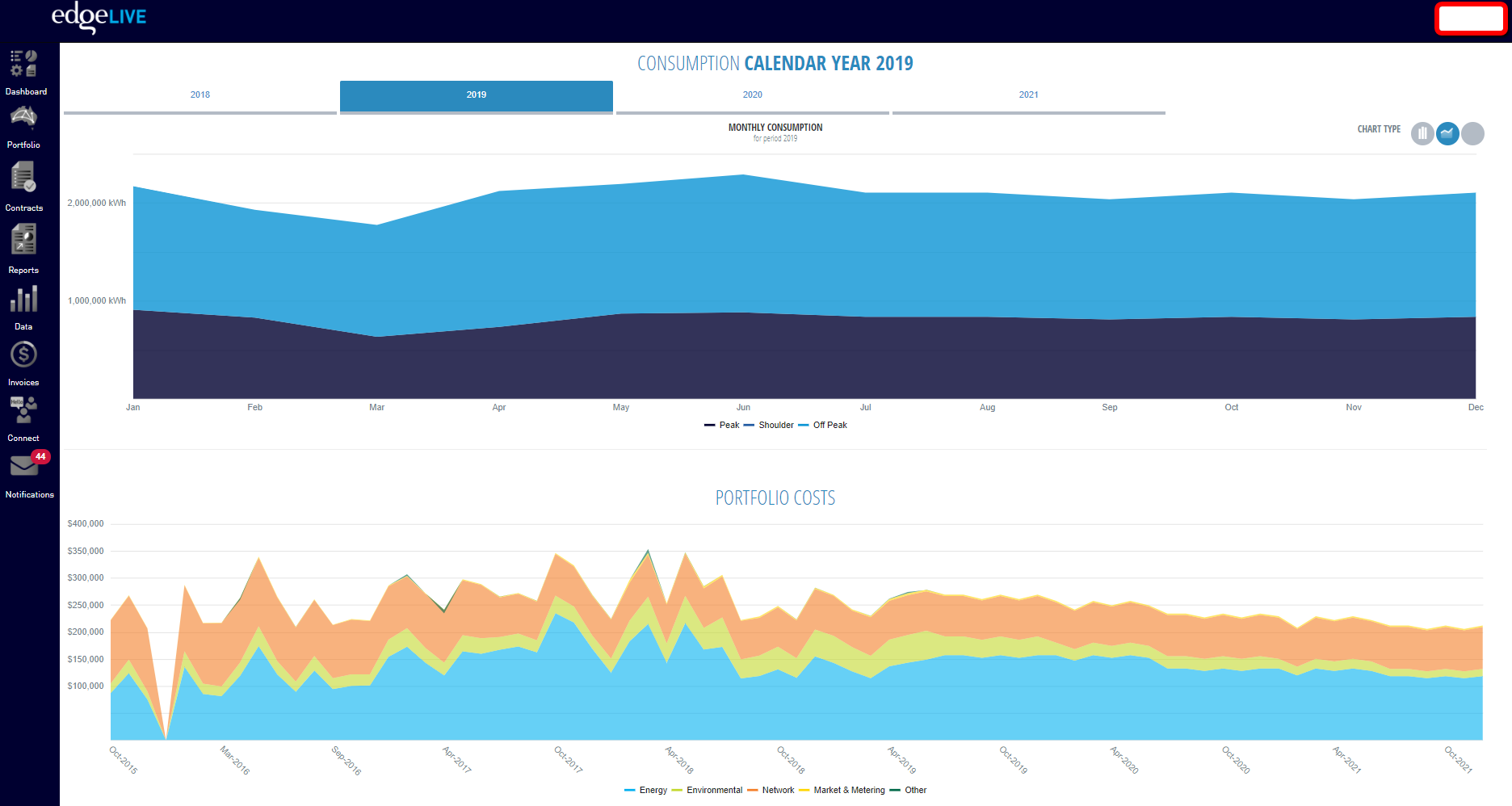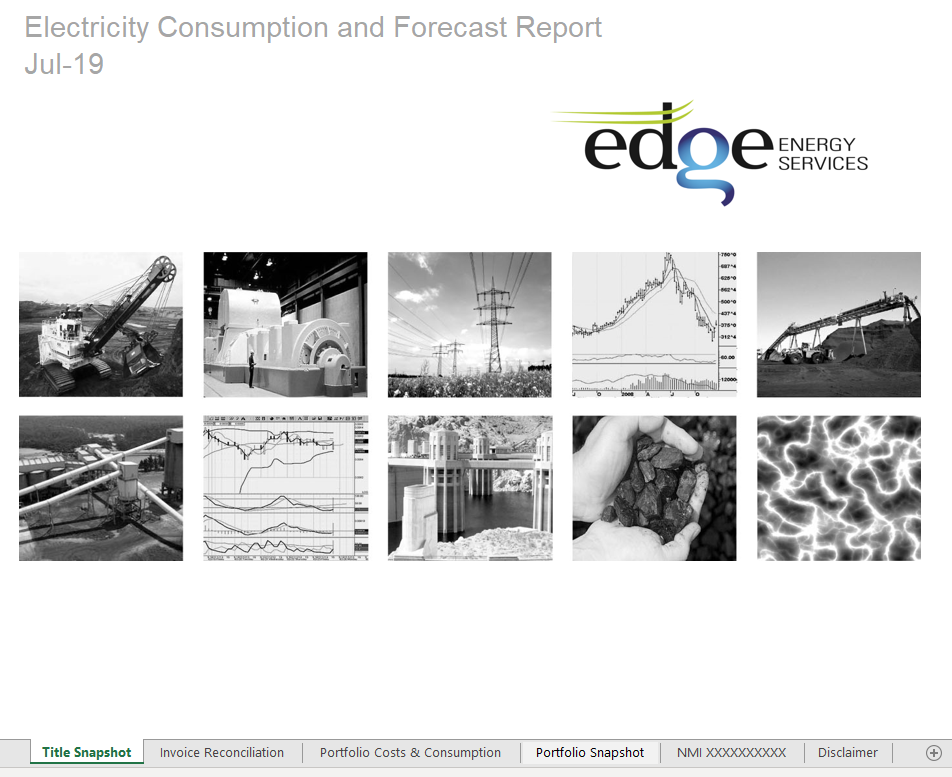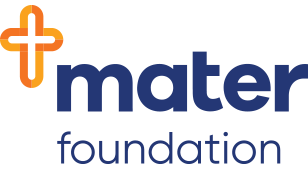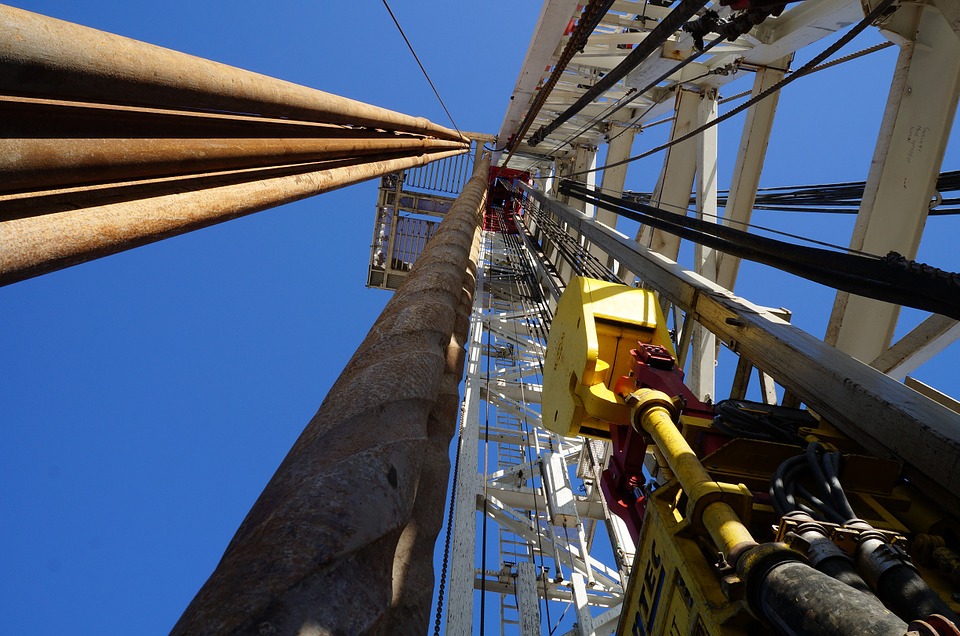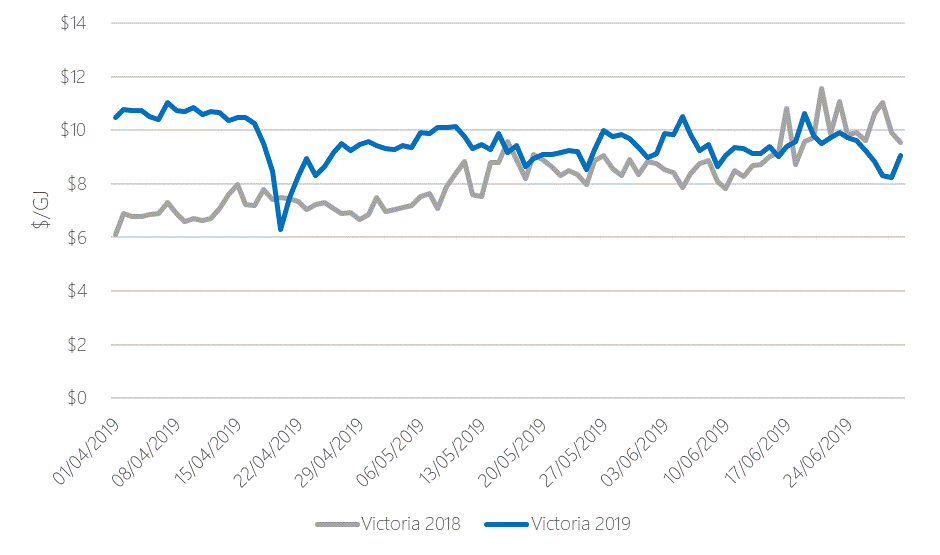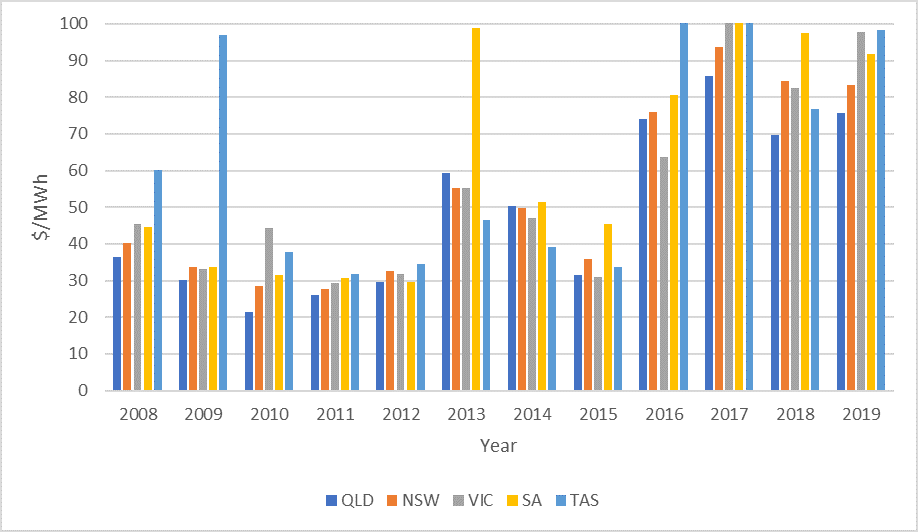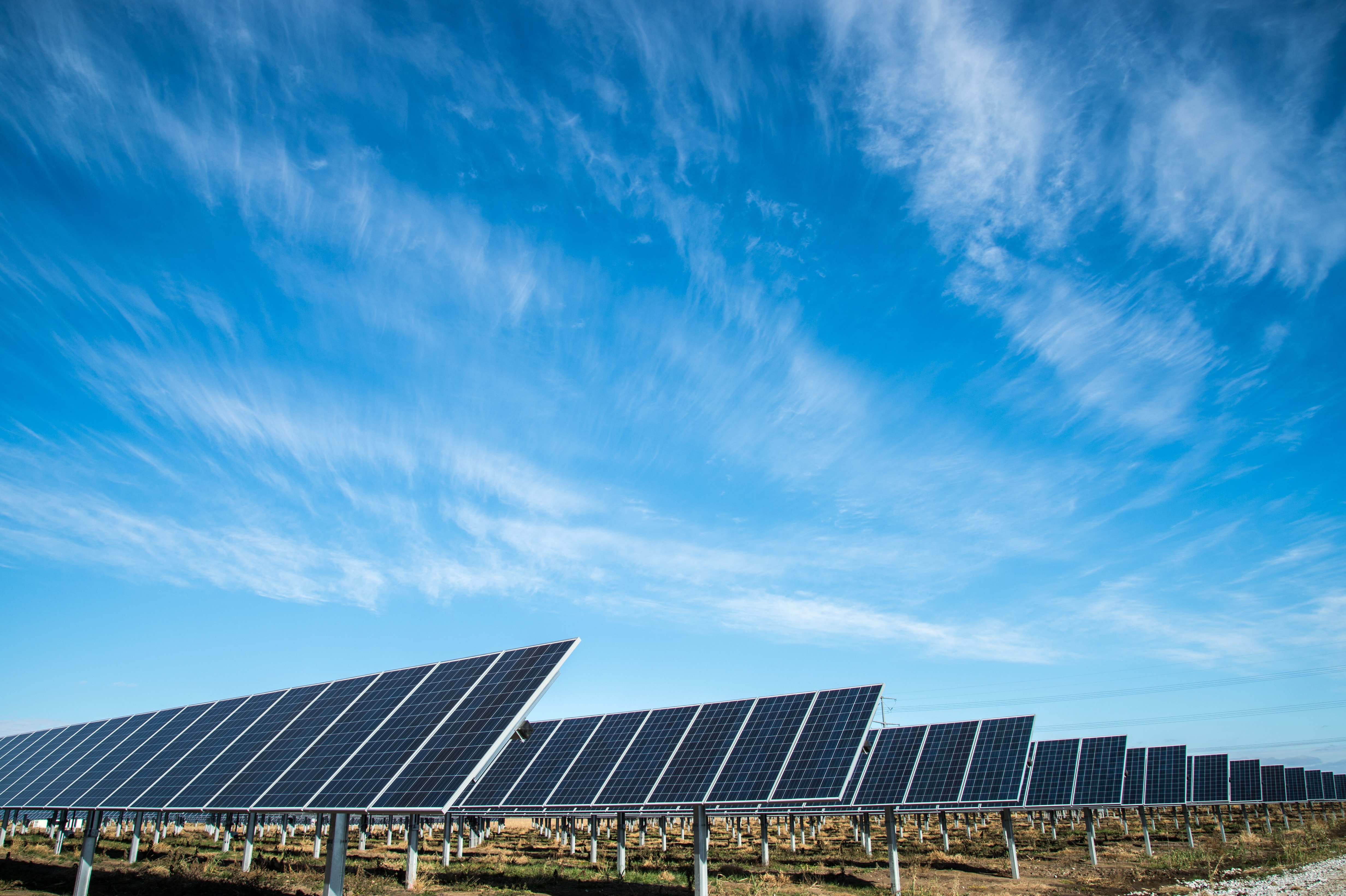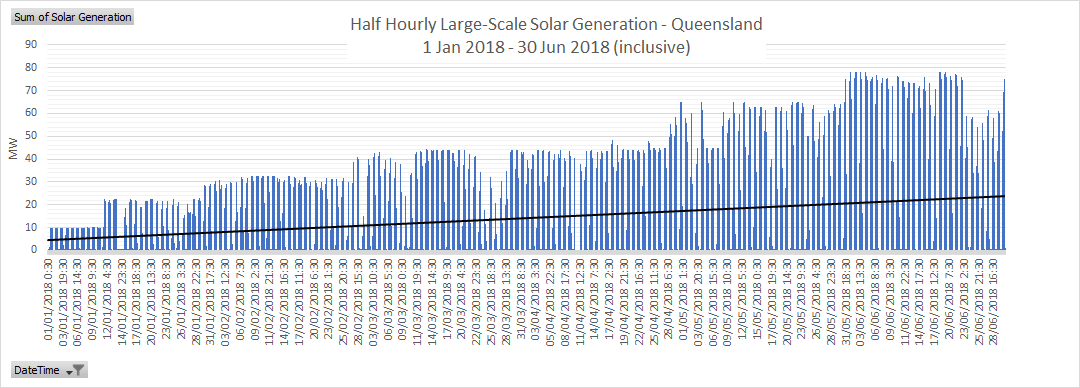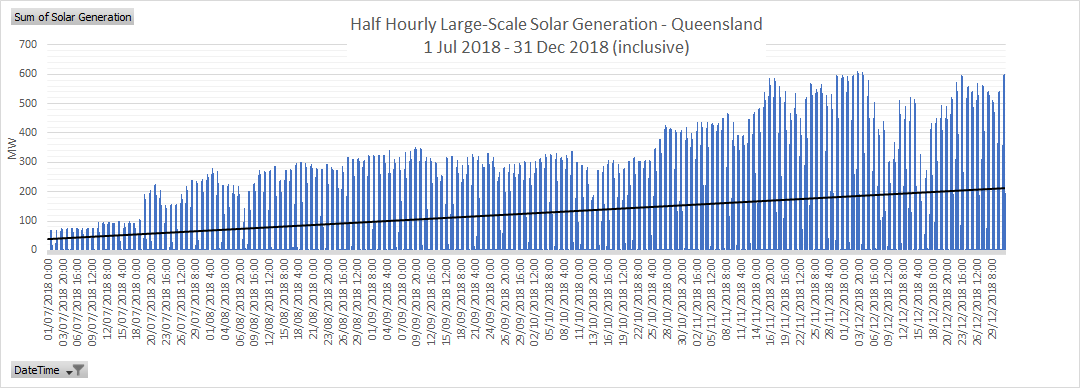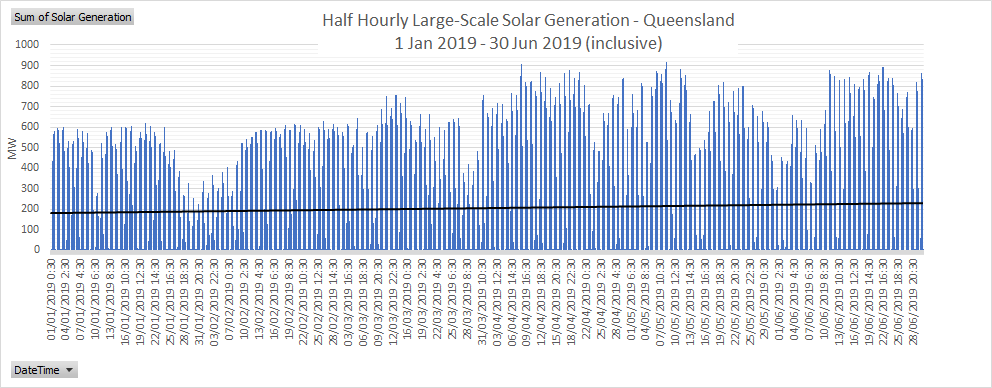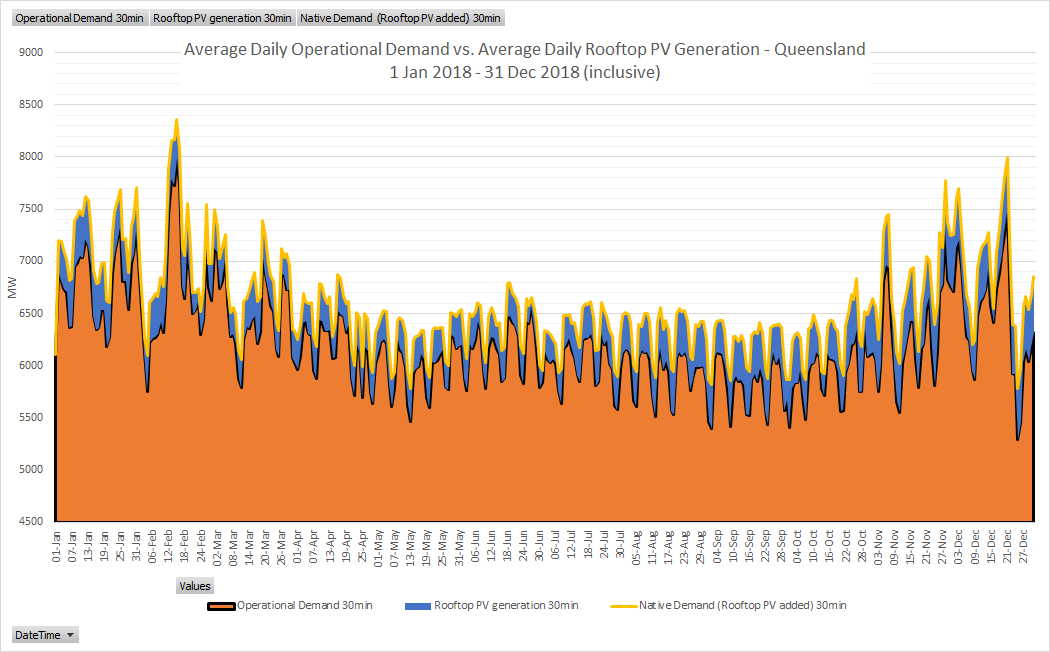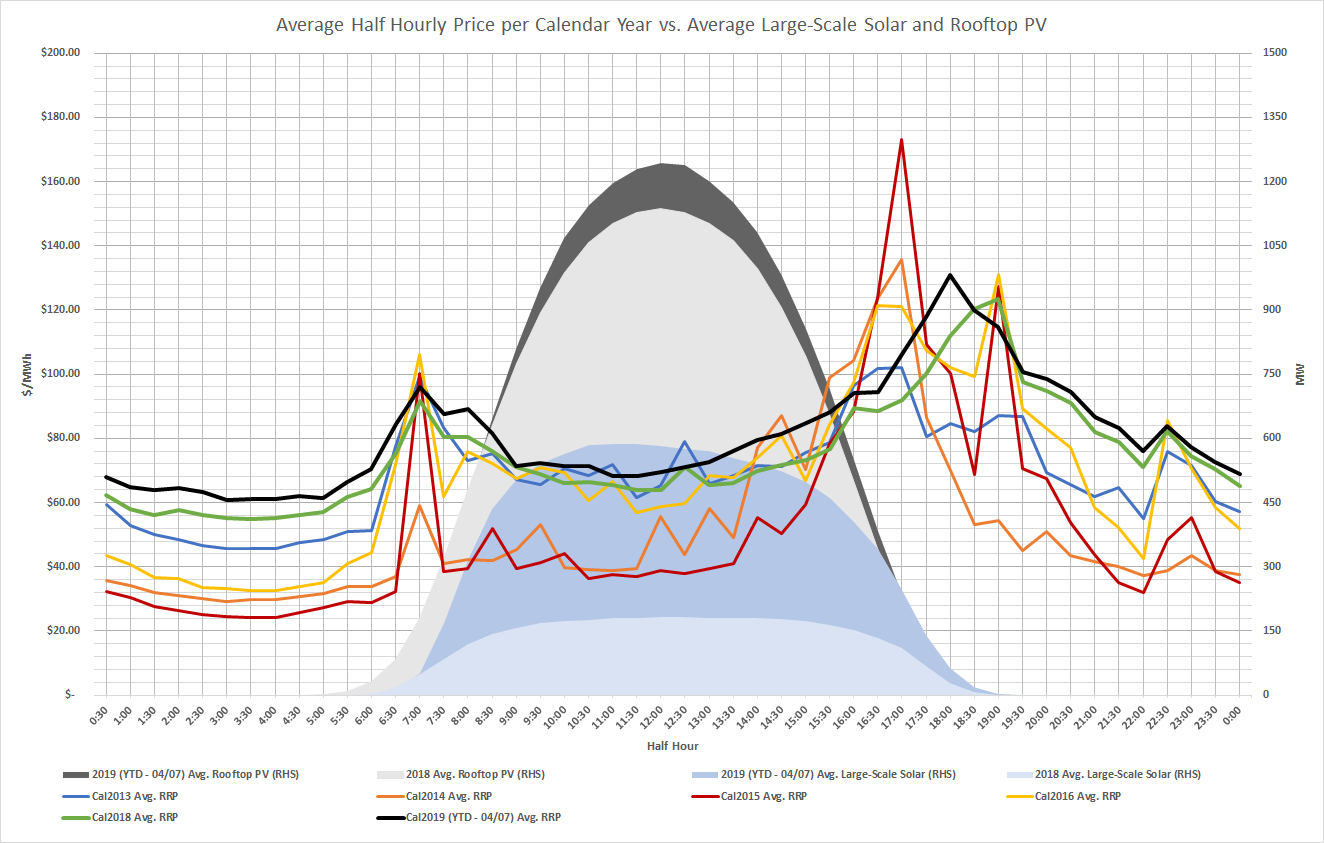The Reliability and Emergency Reserve Trader (RERT) is an existing intervention mechanism that allows the Australian Energy Market Operator (AEMO) to contract for additional reserves such as generation or demand response that is not otherwise available in the market. AEMO uses RERT as a safety net at times when a supply shortfall is forecast or where practicable for power system security.
RERT is classified as an emergency reserve or strategic reserve as it may only be used as a last resort to avoid unnecessary load shedding. This is typically required when the market is under pressure from extreme weather or during unexpected generation failure.
RERT can be additional generation or load curtailment that must be able to respond on request from AEMO. It cannot be available to the market including through any agreement or arrangement including demand side management agreement. The amount procured is to ensure AEMO meets the reliability standard in all regions.
Demand Side Participation or demand side response (DSR) comprises the largest component of RERT. DSR could be when factories or manufacturing processes adjust their production in order to reduce electrical load. Once enabled DSR is relatively simple to manage however the contract negotiations, setup and determination of volume and times are complex. Payments are made up of an availability fee and a dispatch fee which as it is linked to lost production is generally high.
Participants will normally require several hours or days notification and may also have minimum and maximum constraints on volume and time periods.
Enhancements to RERT
The AEMC has released new rules to reinforce the emergency reserve mechanism to protect reliability and encourage the long-term capacity of RERT services at the lowest cost and reduce the occurrences where AEMO is required to use higher cost safety net options.
The market is evolving so the emergency reserve framework needs to evolve to allow AEMO to be more flexible to meet the operational needs of a market with a Large number of smaller generators compared to the current grid made up of a small number of large generators.
New RERT Rules
Improve incentives for customers to reduce demand and minimise the need for emergency reserves
The rule is to incentivise more demand response. Retailers and demand response providers can reduce energy during generally high demand times by incentivising end users to reduce energy when most required.
Increased transparency
There is a recognition of the impact of the RERT on the market and consumers. AEMO will be required to provide regular update on the procurement, usage and cost associated with RERT. AEMO will introduce new reporting requirements to clearly explain the reason for RERT procurement.
Clarify the trigger
If AEMO forecast that there is not enough generation available to supply 99.99% reliability standard the RERT can be triggered. The procurement volume will be the amount AEMO considers is reasonable to fill the gap to meet the reliability standard.
Lead time to buy reserves increased to 12 months
The planned retailer reliability obligation RRO has two triggers. The three-year trigger requires retailers to bring dispatchable firm capacity to market if there is a supply gap three years out. If retailers have not filled the gap 12 months out then AEMO can use the RERT.
Encourage a lower-cost competitive market response
Through the rule changes, AEMO are seeking a lower-cost reliability response from market participants and through current market mechanisms (ie. generator recall) to avoid levers such as load shedding and use of emergency reserves.
Guidance to AEMO on costs
Providing AEMO with guidance as to costs when entering into emergency reserve contracts, along with aligning costs of the emergency reserve contracts with the customers who have caused the requirement for emergency reserve procurement, increasing transparency of costs, and assisting market participants and customers in planning for such costs.
AEMO with flexibility
AEMO has flexibility and discretion as to how the reliability standard is incorporated in its day-to-day operations, particularly through its modelling and forecasting of power system risks.
Benefits
As RERT procurement will be linked to the reliability standard there will be greater transparency as to when and how reserves will be used, this will assist in the planning for RERT costs by market participants and consumers.
Allowing AEMO more flexibility in the range of services it can procure, allows it to better incorporate these services into the day to day operation of the NEM.
Increasing the lead time for procurement of RERT from 9 months to 12 months will allow more RERT providers to participant and likely will result in lower costs to end users.
Changes also allow the cost associated with RERT to be aligned with customers who caused the need for RERT.
Implementation
The enhancements to RERT will be implemented over two stages, reporting commencing 31 October 2019 and the remaining components commencing 26 March 2020.
The timeframe is to allow AEMO to finalise internal processes and the RERT guidelines to be updated.
If you would like to know more about the enhancements to RERT and how your business may be affected, please call Edge on 07 3905 9220.



